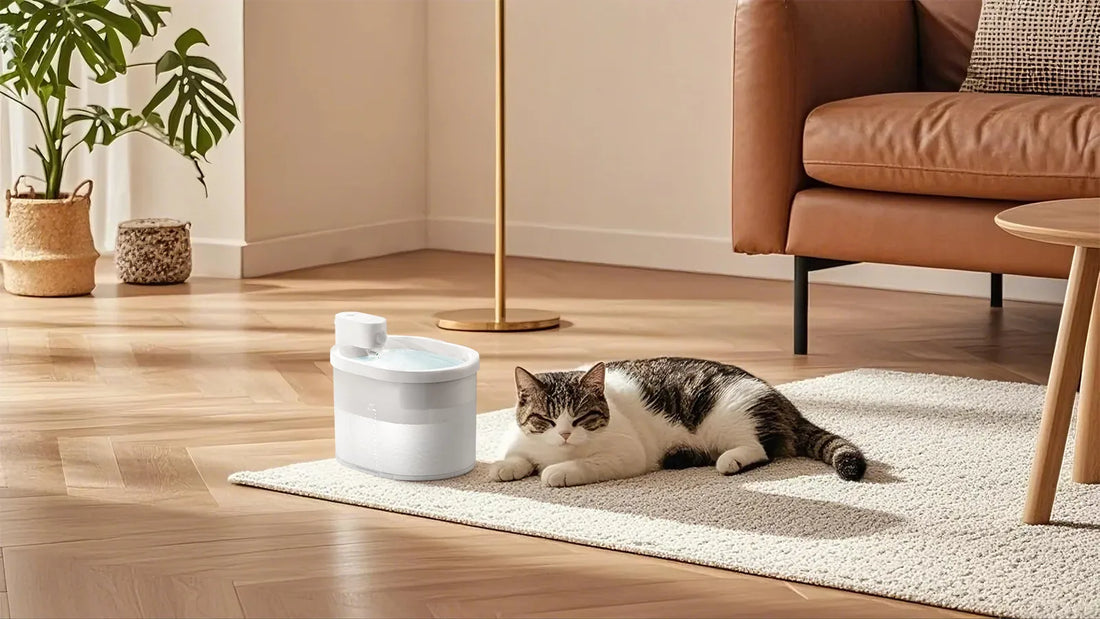Walking your dog is one of the most rewarding activities for both you and your furry friend. It strengthens your bond, provides exercise, and keeps your dog mentally stimulated. But have you ever wondered if it's safe to walk your dog right after they eat? This question has sparked debates among pet owners and veterinarians alike. Let's dive into the science and practical considerations to help you make an informed decision.
Understanding Canine Digestion
Dogs, like humans, require time to digest their food properly. When a dog eats, their body directs blood flow to the stomach and intestines to break down the food and absorb nutrients. This process is essential for maintaining energy levels and overall health. Walking your dog immediately after a meal can disrupt this process, potentially leading to discomfort or more serious health issues.
Potential Risks of Walking After Eating
One of the most significant risks associated with walking a dog right after eating is bloat, also known as gastric dilatation-volvulus (GDV). This life-threatening condition occurs when the stomach fills with gas and twists on itself. Large breeds with deep chests are particularly susceptible, but any dog can be at risk. Vigorous activity after eating increases the likelihood of bloat, making it crucial to allow time for digestion before engaging in physical activity.
Another concern is digestive upset. Walking too soon after eating can cause nausea, vomiting, or diarrhea, especially if your dog consumes a large meal. Additionally, some dogs may experience lethargy or discomfort during the walk, as their body is focused on digestion rather than physical exertion.
Benefits of Waiting After Meals
Allowing your dog to rest after eating has several benefits. First, it ensures that their body can focus on digestion without the added stress of physical activity. This can lead to better nutrient absorption and overall health. Second, it reduces the risk of bloat and other digestive issues, keeping your dog safe and comfortable.
Waiting at least 30 minutes to an hour after a meal before walking your dog is generally recommended. This gives their body enough time to begin the digestion process and reduces the likelihood of complications. However, the exact timing may vary depending on your dog's size, breed, and individual needs.
Tailoring the Routine to Your Dog
Every dog is unique, and their needs may differ based on factors such as age, breed, and activity level. Puppies, for example, have faster metabolisms and may digest food more quickly than older dogs. Similarly, highly active breeds may require more frequent meals and shorter rest periods before exercise.
It's essential to observe your dog's behavior and adjust their routine accordingly. If your dog seems restless or eager to walk after eating, consider engaging in light activities such as a short stroll or gentle play. On the other hand, if your dog appears tired or uncomfortable, it's best to let them rest until they're ready for more vigorous exercise.
Tips for Safe and Enjoyable Walks
To ensure your dog's safety and comfort during walks, follow these tips:
- Schedule meals and walks wisely: Plan your dog's meals and walks at consistent times to establish a routine. This helps their body adapt and reduces the risk of digestive issues.
- Monitor portion sizes: Avoid feeding your dog large meals before walks. Smaller, more frequent meals are easier to digest and less likely to cause discomfort.
- Choose the right pace: If you decide to walk your dog shortly after eating, opt for a slow, leisurely pace. Avoid intense exercise or activities that require sudden movements.
- Stay hydrated: Ensure your dog has access to water before and after walks to support digestion and prevent dehydration.
When to Consult a Veterinarian
If you notice any signs of discomfort, bloating, or digestive issues after walking your dog, it's essential to consult a veterinarian promptly. Early intervention can prevent serious complications and ensure your dog's well-being. Additionally, if you're unsure about the best routine for your dog, a veterinarian can provide personalized advice based on their specific needs.
Walking your dog is a wonderful way to keep them healthy and happy, but timing is everything. By understanding the risks and benefits of walking your dog after meals, you can create a routine that supports their digestion and overall health. Remember, every dog is different, so pay attention to their cues and adjust their schedule as needed. With a little planning and care, you and your furry friend can enjoy many safe and enjoyable walks together.

![[🎃Halloween Sale]UAHPET Stainless Steel Self-Cleaning Cat Litter Box](http://www.uahpet.com/cdn/shop/files/1-cat-litter-box.jpg?v=1761890851&width=1600)












